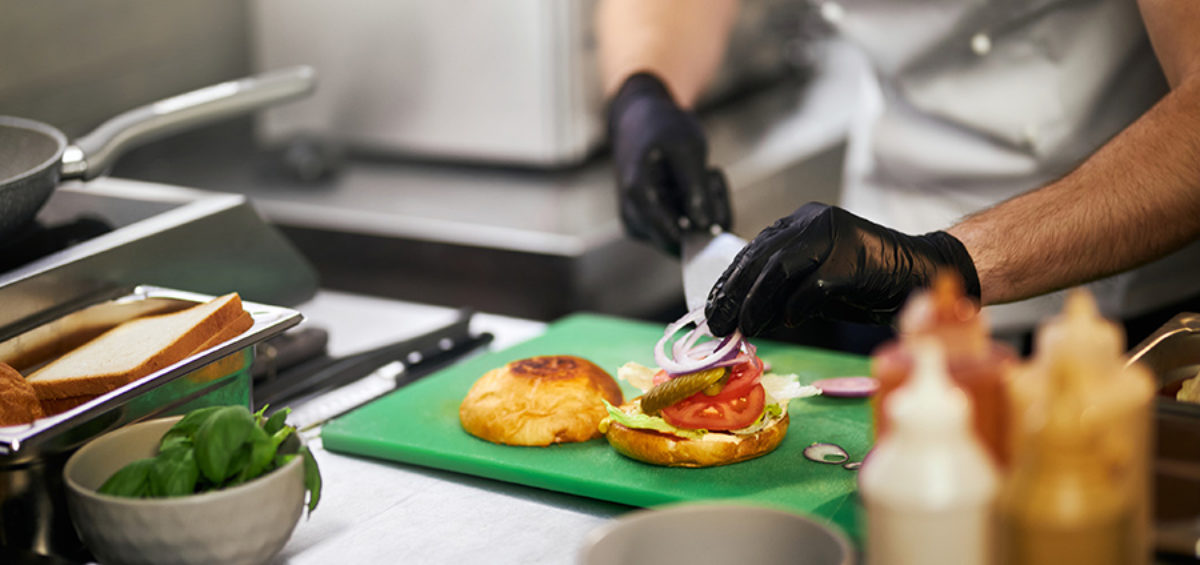“Recipe: a set of instructions for making something from various ingredients” – Merriam-Webster Dictionary. In order to operate efficiently, restaurants must follow recipes. It is not uncommon for a restaurant’s signature dish to have multiple versions due to each chef putting their own twist on the dish, but the purpose of a recipe is to have a precise record of what is needed and the amount that will be used. It is how accurately they follow these recipes that determines how well they are able to control their plate cost. The importance of having an actual detailed list of standardized recipes for cooks to follow is crucial for 2 major reasons:
1) Customers enjoy consistency. Maybe you’ve been there. It’s been a long day, you are not cooking tonight, but instead going to your favorite restaurant for your favorite dish. When your food comes, something is off. It was so good last time and now it is just not the same. Customers find comfort in familiarity, knowing they can dine at your restaurant and expect the same great dish time and time again. This type of consistency will help your restaurant retain a loyal customer base.
2) Predicting Food Cost. Using the exact same recipe each time a meal is prepared helps to accurately determine food cost. When all of your chefs prepare like dishes, you know exactly how much each dish is costing you to make and can better meet your restaurant’s financial goals.
A standardized recipe should be as detailed as possible, including the recipe name, ingredients and their exact quantities, preparation and cooking methods. Having the quantity and quality be consistent each time a dish is prepared is a natural result of a standardized recipe and a sure way to control your plate cost.
Fortunately, there is now advanced technology that allows you to detail each one of your restaurant’s recipes for cooks to follow, which assists in measuring your ideal food cost. In addition to proper dish preparation, you can easily determine how much each meal is costing you to make and according to its labeled unit of measure, can break down the quantity of each item required for individual recipes. Thus, you know exactly how much each menu item is costing you to prepare, down to the last penny so that you can price your plates for profits.











